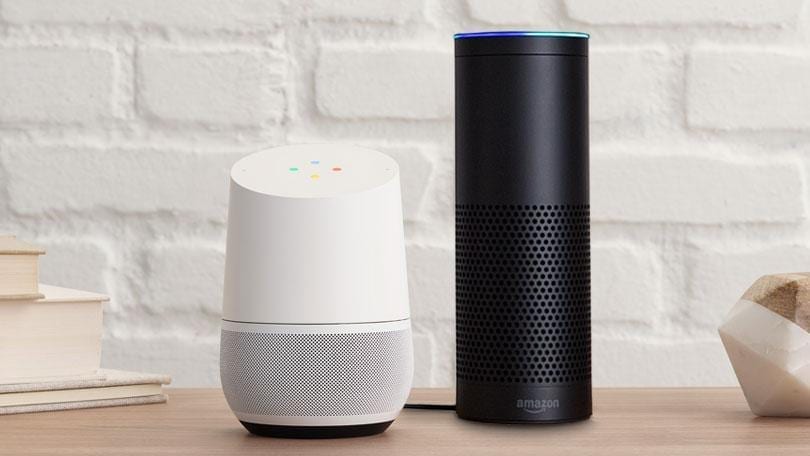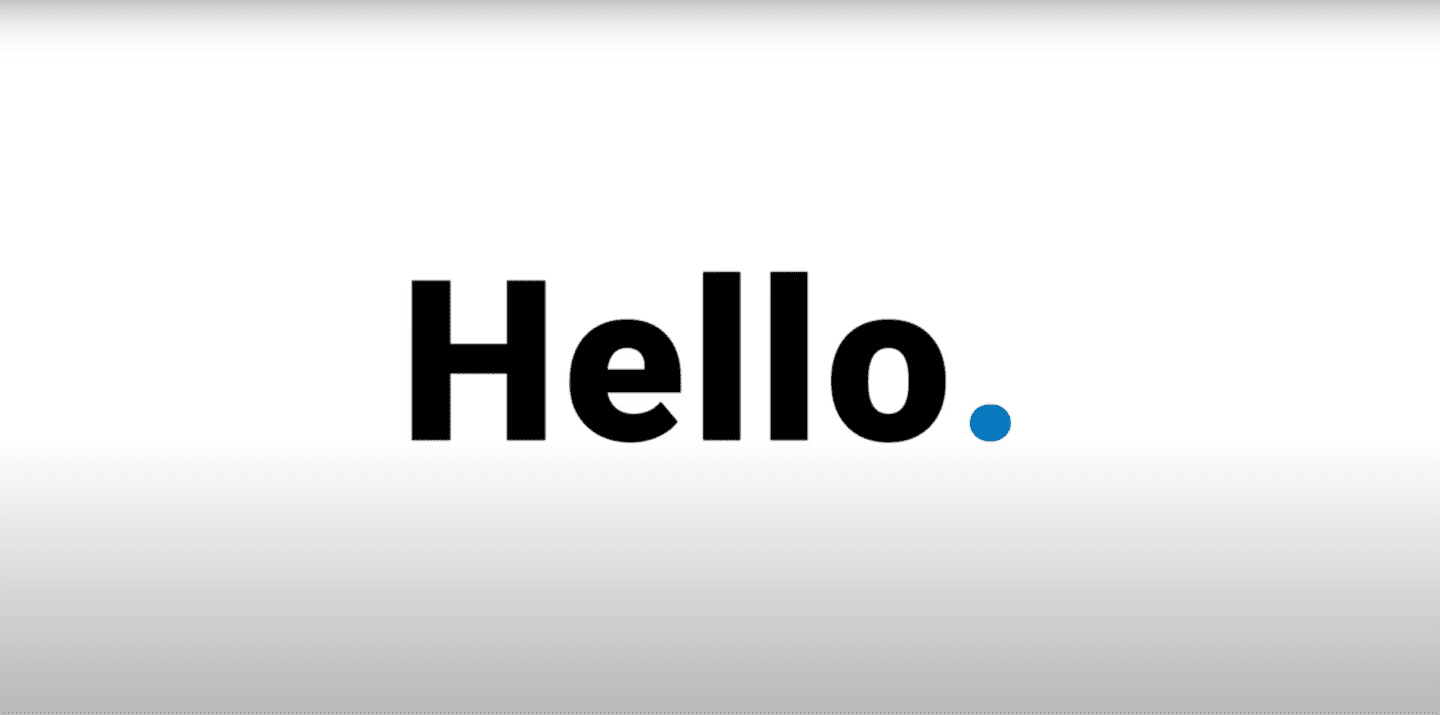The Internet of Things (IoT) is the front line of innovation. A recent report published by Business Insider UK predicts that approximately 4 IoT connected devices will exist for every human on the planet by the end of the decade.
Found all around us, IoT is becoming prolific in agriculture, cities, homes, and even (kind of) our blood! Its applications present challenges for both hardware and design. To overcome those challenges, designers need to adopt the right process: a user-centred design process.
IoT connecting everyday devices
IoT showcases the Internet’s ability to interconnect digital devices embedded in everyday objects. It enables them to send and receive data by ‘talking to each other’. It’s a relatively straight-forward concept but can be complex to execute well.
Gartner Inc. forecasts that 8.4 billion ‘connected things’ will be in use worldwide this year, up 31% from 2016. Of which, the consumer segment is the largest user of IoT technology using an estimated 5.2 billion units (63% of all devices).
It’s no surprise that consumers boast the majority share of the IoT market. IoT facilitates the primary goal of UX – don’t make people think! The technology has embedded itself in even the most mundane of household appliances: fridges, kettles, light bulbs and even cutlery!

Consequently, the consumer share of the market is driven by the major technology firms investing billions. This investment will not be wastage as it is expected to return trillions by 2025. The competitiveness between Apple, Google, FitBit, and Amazon to name a few, can only be good news for the consumer.
In fact, one of the hottest devices right now is the Echo – Amazon’s virtual voice assistant housing Alexa. Being the fifth most searched technology related term on Google the Echo has inspired a wave of rival appliances. Google Home launched in the UK at the start of April and along with the likes of Apple Home, the digital hubs appear to be making their mark. They all aim to centralise your digital life by controlling connected appliances through voice interaction.

IoT Poses New Challenges
Ultimately, IoT is shifting the standard of how we use the internet. By pushing the boundaries of what technology can do we’re also experimenting with how we engage with it. By nature, devices which don’t use a screen need to ensure that their interaction is simple, accurate and easier than the traditional method otherwise they won’t be adopted and used. It must be simpler to ask your fridge what is in it that it is to open it and look.
Unfortunately, not all IoT devices have reached that level of maturity or deliver a better user experience than traditional methods. For example, the Government commissioned a study into the usability of smart heating systems in 2013 which concluded that none of the systems met the SUS benchmark score or offered a good user experience. The problem is exacerbated as much IoT has little-to-no existing standards. The majority of devices aren’t yet developed on platforms which have user-centered design practices like iOS, Android, or Windows.
As a result, many devices can’t actually talk to each other and instead come with their own dedicated app with no single point of control. This defeats the purpose of IoT by not facilitating the ability to transfer data without human interaction. Standards are being defined as time goes on but for now, the IoT user experience is almost being designed from scratch.
Designing for the Unknown
Architecting new interactions between people and technology is exciting. But it won’t be a walk in the park. To optimise those experiences, we have to leverage what designing technology has taught us beforehand: understand the user, their environment and the context of use.
The benefit of designing for context is that it provides strong guidelines for design. An approach which IoT devices can use to its advantage. Who, and where, a user is should reflect the functionality of the device and which features are most relevant. Most importantly, IoT designs must be tested in this context of use to prevent users abandoning products.
The key questions to ask before designing and testing a new IoT device are:
- Who are the users?
- what are their personas, goals, pain points and desires?
- What is their context of use?
- where in the home are they, what time of day, what are the environmental factors?
- What are the attributes of the device?
- will the device give the user peace of mind?
In addition to these answers, designers must use common UX patterns. These patters are the fundamentals of how people perceive and interact with technology. Developing IoT around tried and tested patterns will naturally reduce user learning curves, and discomfort, by delivering familiar experiences and interactions.
A group of principles which I always find to be a useful starting point are: Nielsen’s Usability Heuristics. When considering key aspects of design, they provide a clear definition of how to improve usability of any system. Other factors which influence UX are seen in the User Experience Honeycomb below (taken from usability.gov).

Summing Up
Designing for IoT is naturally more complex than typical software design. The hardware limitations mean devices are less easily modified once in the hands of the consumer. Getting it right first time is therefore crucial to adoption, usage and retention.
Therefore, at its crux, designing IoT that makes a real difference will only be achieved through user-centred design. Success will come from removing the gimmicks and focusing on making simple and usable solutions to genuine problems. That will drive demand, create peace of mind and provide a user experience that will release the long-term potential of the technology.


